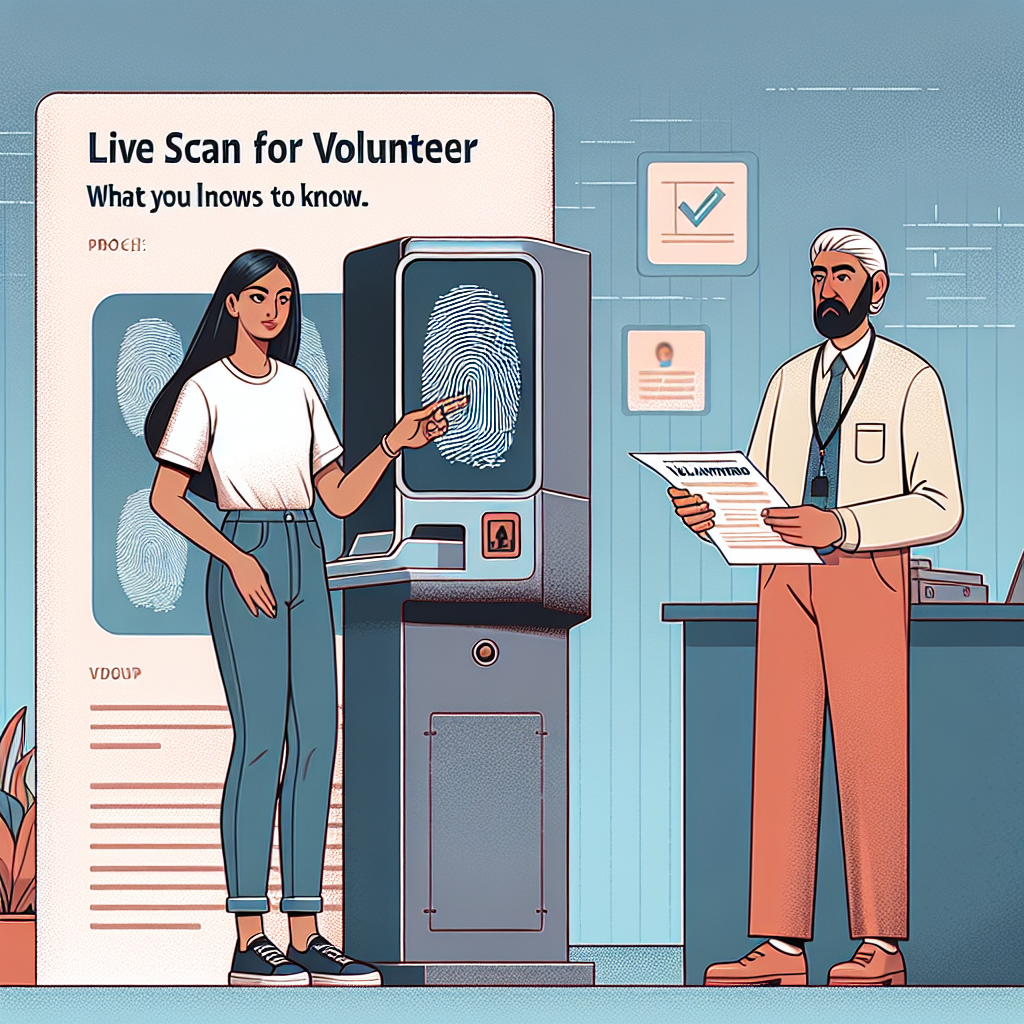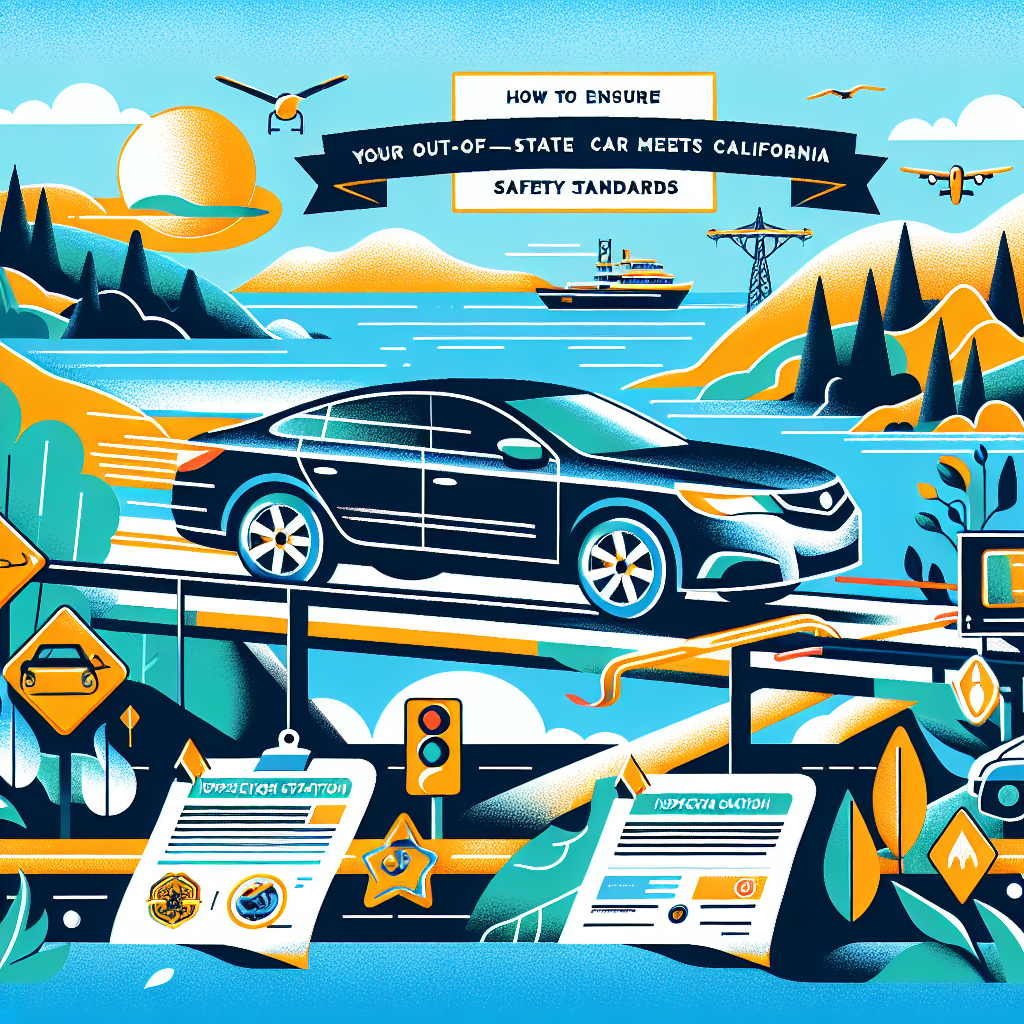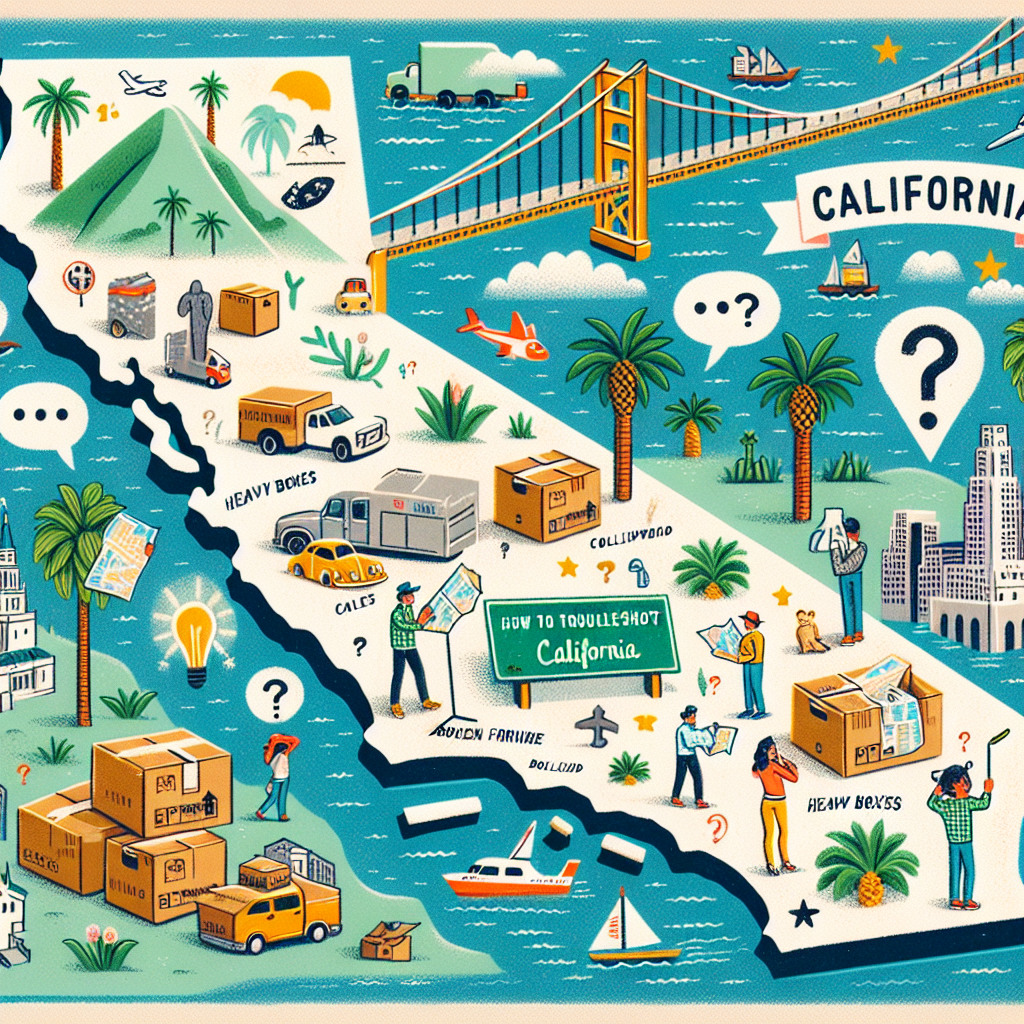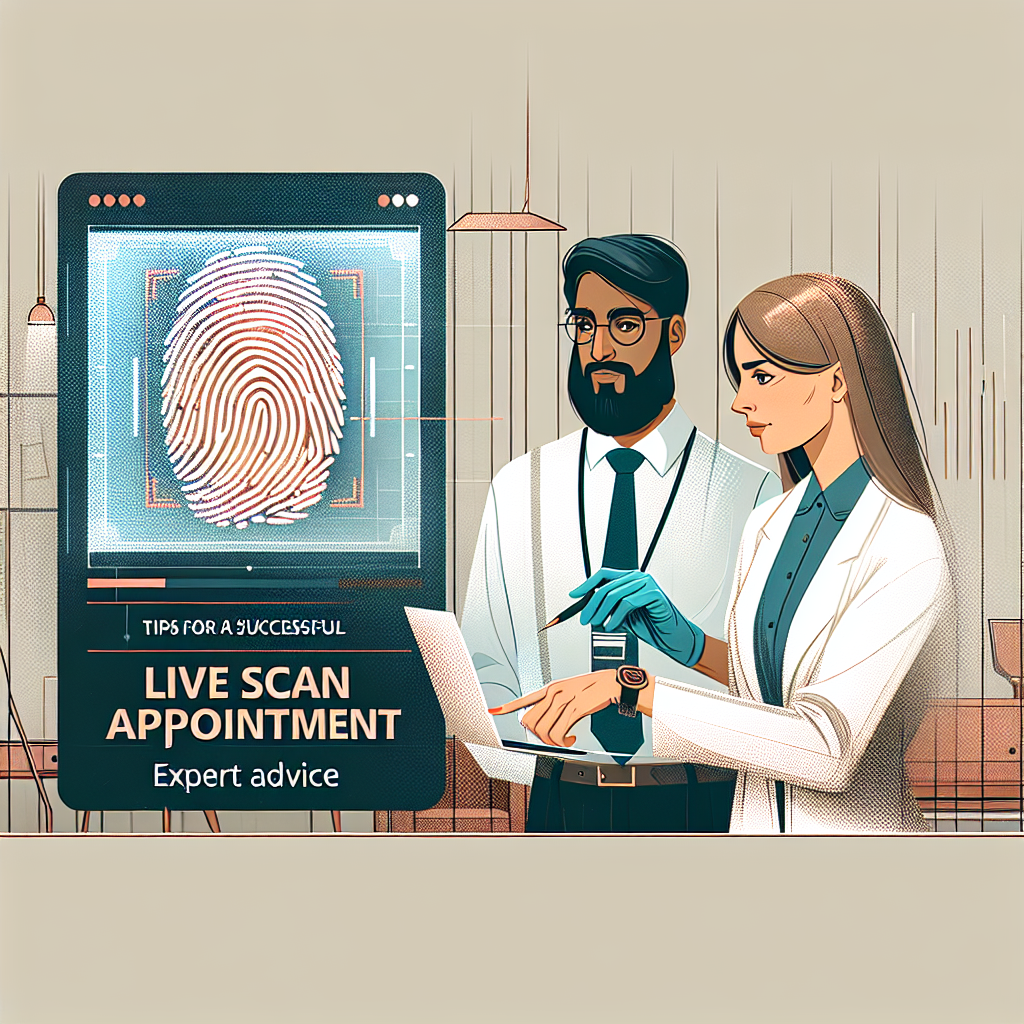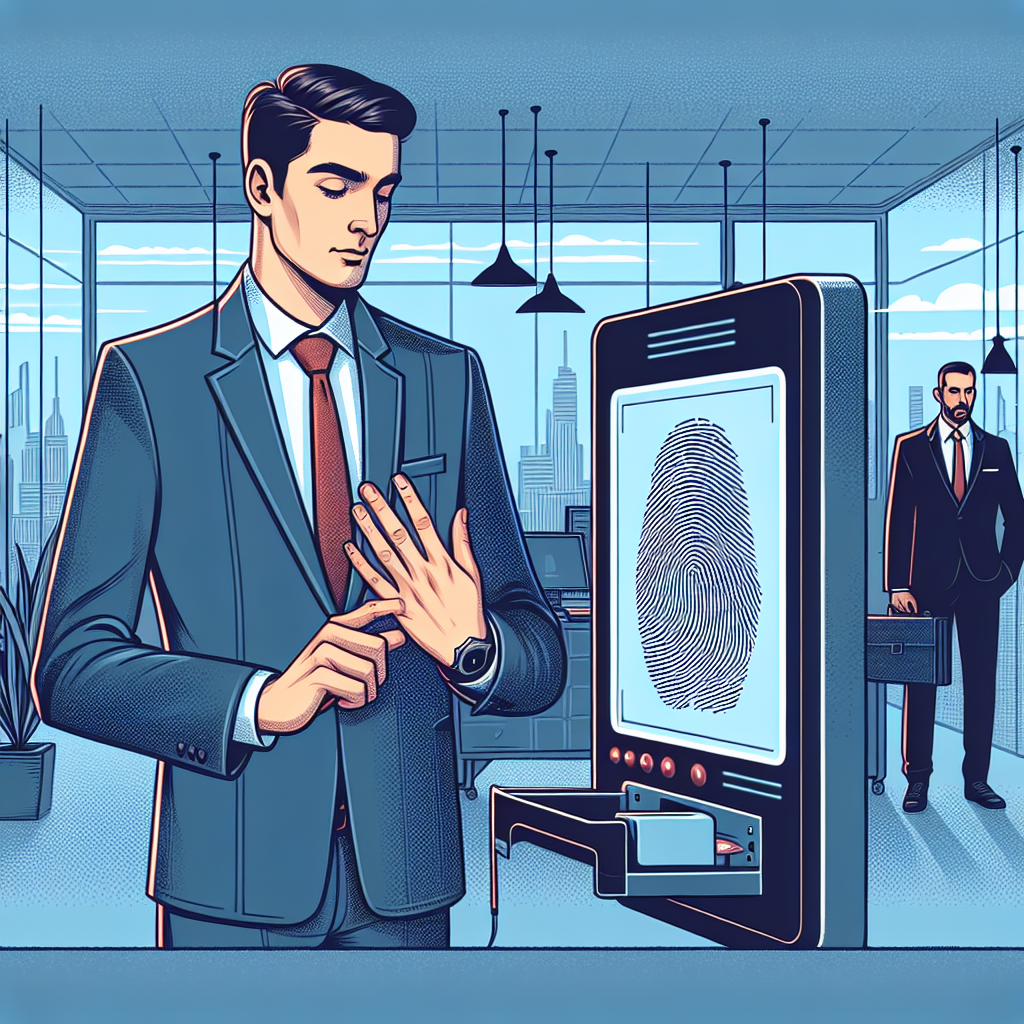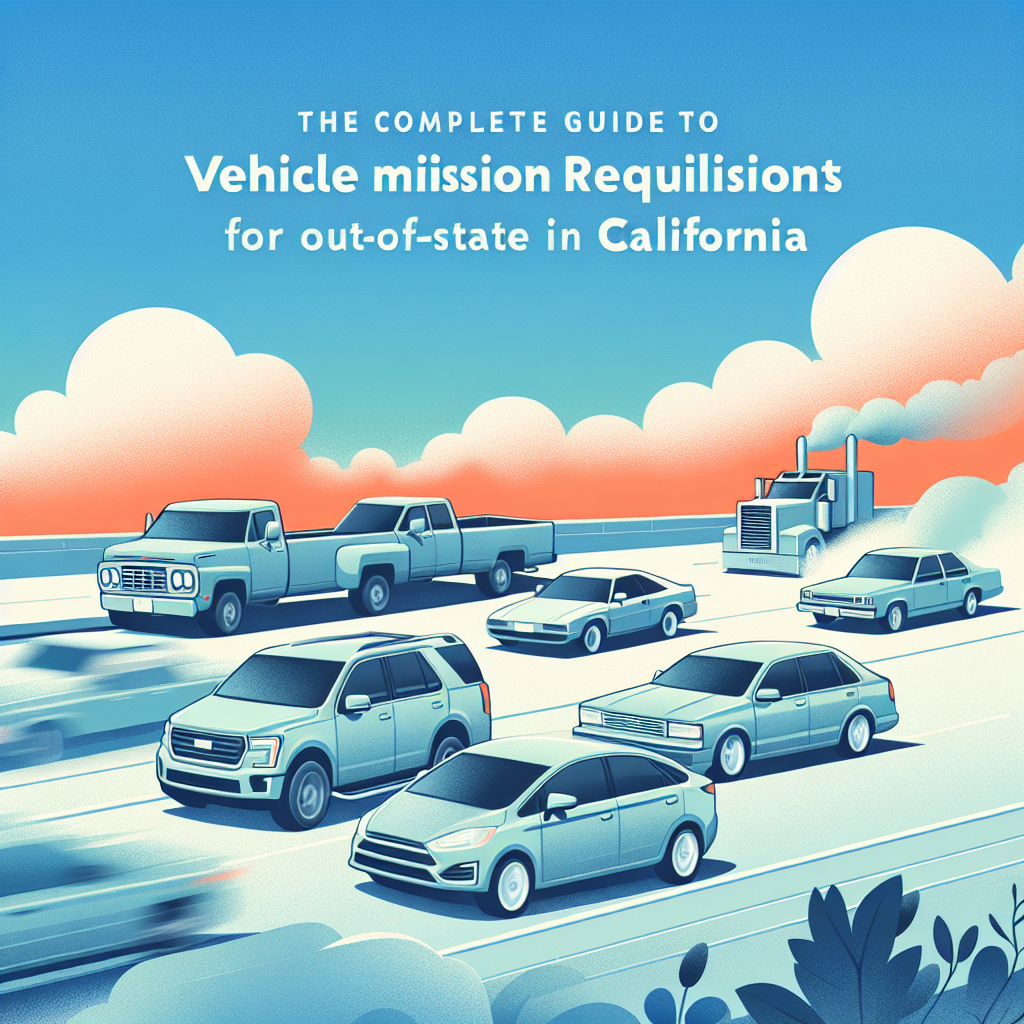Out-of-State to California: How to Get Ready for a Title and Registration Inspection
Introduction
Moving to California is exciting but can be a bit tricky, especially if you’re bringing your car with you. California has some strict rules about cars to keep the air clean and roads safe. So, it’s important to know what you need for the car’s title and registration inspection. This blog will help you get prepared so you can easily register your car in California.
I. Knowing California’s Title and Registration Rules
Changing your car’s title and registration to California isn’t just about filling out forms. California wants to check out-of-state cars to make sure they follow the rules that keep the environment and people safe. Some things might be different from other states, like checking for clean emissions and having certain safety features. It’s really important to know these rules because California takes them seriously.
II. Collecting the Documents You Need
Before going to the DMV (Department of Motor Vehicles) or a place like Tags Clinic in San Diego, you should gather some important papers. Here’s a list to help you:
- Original Out-of-State Title: Have the paper copy of your current car title.
- Proof of California Residency: Things like a utility bill or rental agreement work.
- Valid Insurance Document: You need insurance from a company that’s allowed to work in California.
- Vehicle Identification Number (VIN) Check: You can do this at the DMV or an authorized place.
Having all your papers ready will make the inspection go faster and smoother without troubles.
III. Getting Your Car Ready for Inspection
You need to prepare your car to meet California’s strict rules about emissions and safety.
Emissions Standards
Smog Check Needed: Most cars need to pass a smog test. Learn what your car needs for the test.
Tips for Passing the Smog Check
- Make sure your engine is in good shape.
- Drive on the highway before the test to warm up the catalytic converter.
- Change any old or broken spark plugs.
Safety Features
Brakes, Lights, and Signals: Check if all lights and safety systems are working well.
Tire Tread and Car Condition: Look at tire treads and make sure there are no big mechanical problems.
IV. Knowing the Inspection Process
If you know what’s going to happen, it can make the inspection less stressful. Here are some things to know:
- What the DMV Checks: They usually look at the VIN, do emissions testing, and check for safety.
- Make an Appointment: Plan ahead to avoid waiting in long lines.
- How Long It Takes: Inspections usually take less than an hour, but it’s good to have extra time just in case.
V. Solving Common Problems
Sometimes there are problems, but here’s how you can handle them:
- Failing the Smog Check: If your car doesn’t pass, you’ll need to fix it so emissions are fine.
- Missing or Incorrect Papers: Check your documents to make sure everything’s correct before you go.
- Car Modifications That Don’t Pass: Some changes made to cars might not meet California rules, so you might have to adjust them.
If anything slows you down, ask an expert to help you fix the issues quickly.
VI. Finishing the Registration
After passing the inspection:
- Transfer Your Title and Register the Car: Complete the forms needed for the title transfer.
- Know the Fees: Learn about the costs to avoid any surprises.
- Get Your New Plates: Once you’re done, you’ll get California plates and paperwork showing your car is all set.
Conclusion
Being prepared helps you have a smooth time getting your car ready for California roads. Start early by collecting all the documents, making sure your car follows the rules, and knowing the inspection process to avoid problems and delays.
Call to Action
We want to hear your stories about registering a car in California! Share what happened or ask questions in the comments. For more help, check out the official California DMV website. If you need more support, Tags Clinic is ready to help with fast, personalized service just for you. Visit our website or call us at 619-777-9046 today to make your move to California easy and stress-free!
We are located at 3845 University Ave, San Diego, CA. Here is how you can find us:

